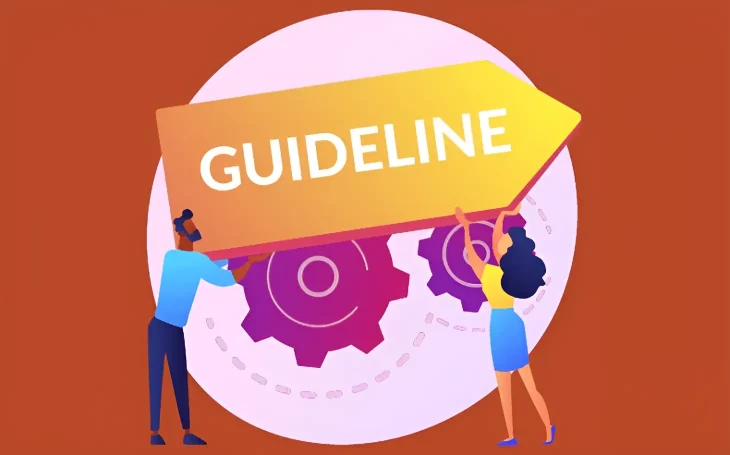
Related Post

Why is Bank Statement Analysis important in LOS
Bank Statement Analysis - A Complete InsightThe first thing we

How Digitization in Loan Origination Process solves the challenges of Banks & NBFCs?
Loan Origination is when a borrower applies for a loan,

The Lender’s Roadmap to Digital Onboarding
This blog is a conversation between 2 important people from

